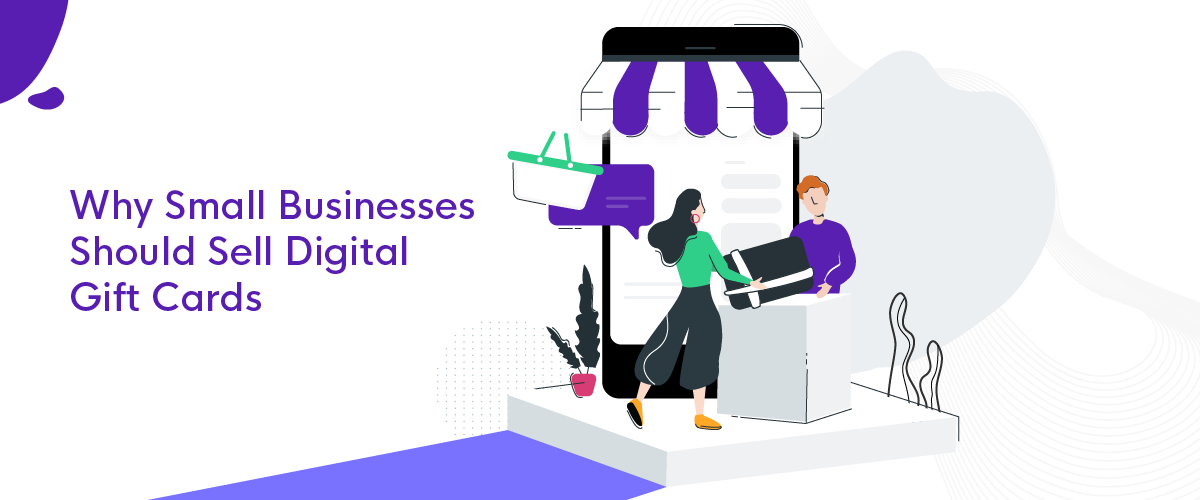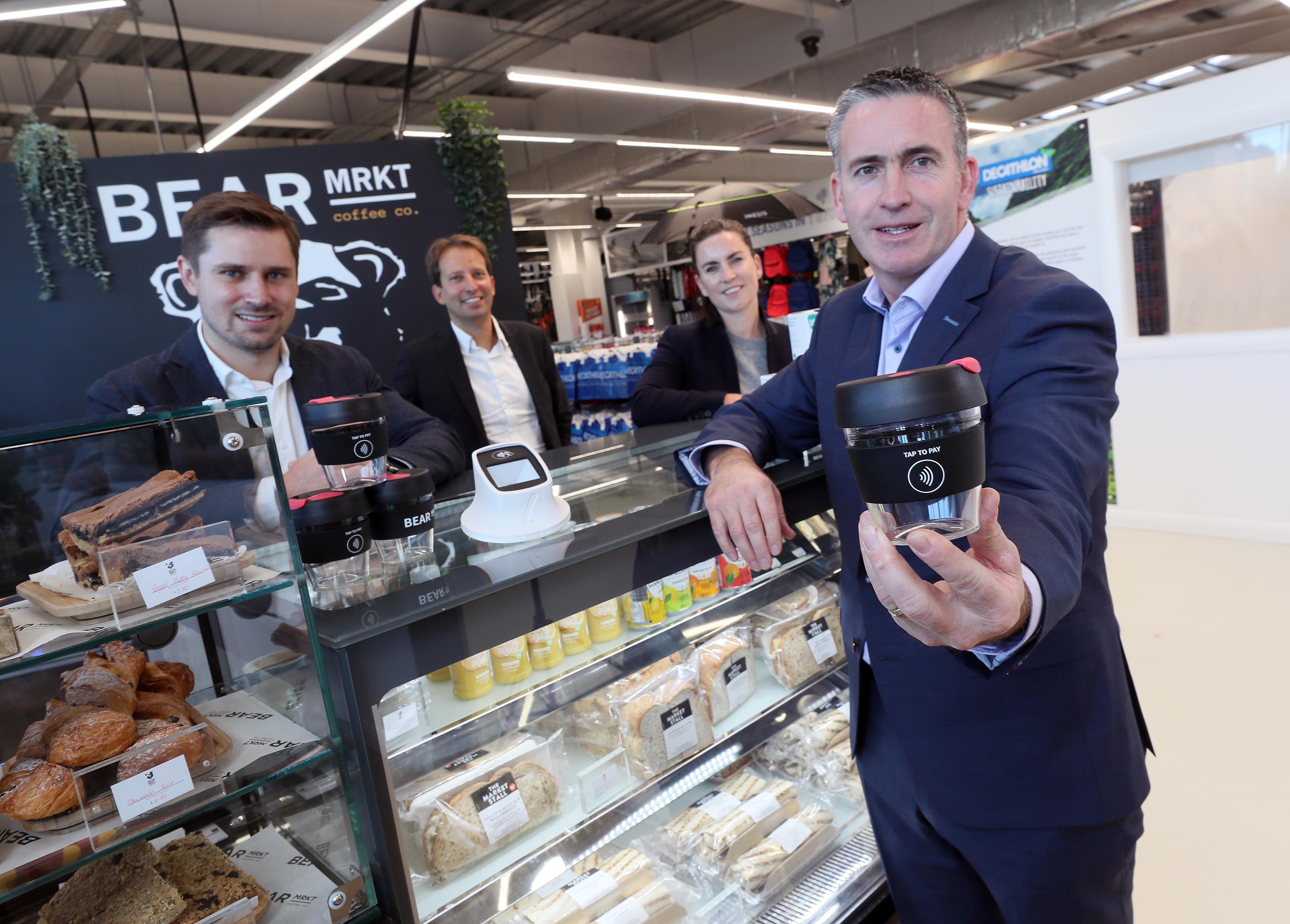Digitisation: It's Not Just a Tickbox
Whether it’s switching to compostable forks or posting weekly on Instagram, sometimes adding new features to a business can feel like a “tickbox” exercise. You spend time making minor changes because “the typical shop would” or because it seems like “every business needs to,” when in reality you can’t think of a reason for it.
These days more and more businesses are adopting new technologies. Covid has massively accelerated this journey, with thousands of new digital tools appearing in the past 2 years. But, as more and more businesses rush to use new technologies and adopt online ordering, we need to ask: is this just another tick box?
It’s obvious online ordering isn’t as useful as it used to be. Many merchants adopted it during Covid and it served them well at the time. However, with things relatively back to normal the importance and effectiveness of this tool have diminished. Merchants have reverted back to in-person service and sometimes it takes longer to order online than in a shop. Once a lifesaver during Covid, online ordering may no longer provide the same utility it once had.
But just because a tool isn’t necessary to a business’s survival, doesn’t mean it isn’t useful. A car isn’t necessary if you can walk somewhere, but it is still useful. Likewise, online ordering could be useful if implemented correctly.
The problem with digital tools like online ordering is that they were implemented without thinking about how they would integrate into companies’ DNA. However, tools like online ordering do not exist in and of themselves, so they should be considered in terms of how they work with the entire business. If online ordering systems don’t work with the digital tools companies use (like gift cards and loyalty systems) and give customers equal in-store and online experiences, then there’s fragmentation, churn, and a “tick box” checked without a reason.
Decisions on implementing digital technologies are not just about the utility of a single tool. Businesses must also consider how new tools will work with the rest of their tools and also their professional DNA (everything from how new employees are trained using the tool to even the general culture of the business). DNA is all about the WHY – good staff and organisations don’t want to be told what something is, they want to know why it is there. Don’t let your next decision be a “tick box.”
.png?width=110&height=53&name=tl%20(1).png)



Leave a comment